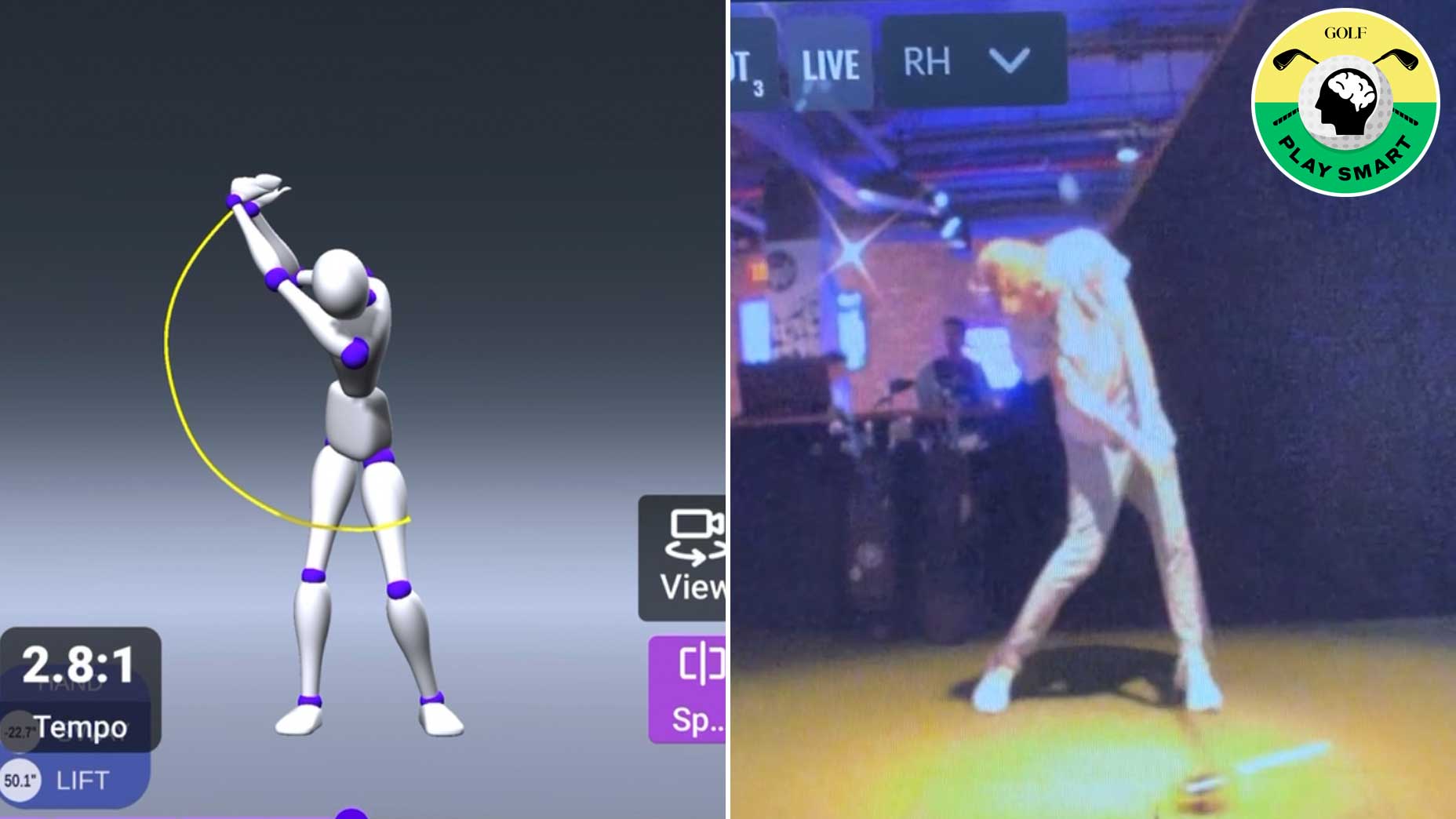Welcome to Play Smart, a regular GOLF.com game-improvement column that will help you play smarter, better golf.
I took a break from golf earlier this year, and the results were disastrous for my game.
When I returned from my self-imposed sabbatical, nothing felt right. My touch around the greens was gone and my distance control with irons was horrific. Worst of all, I’d lost all the speed gains with the driver I’d built up in the previous months. No matter how hard I tried to whip the club around, my swing had zero pop.
None of this should’ve been surprising. I’d trained my body all year to move in certain ways, and when I got away from that, I reverted to old habits. Without consistent practice and stretching, my body tightened back up and took the easy route on my swing. The logic makes sense, but that didn’t make it any less frustrating.
With winter on the horizon, I decided my goal for the offseason was to regain that lost speed — and add even more on top of it. At the time, I had no idea how I’d be doing that, but the goal remained.
Around that time, two opportunities presented themselves to me. First, Five Iron Golf, an indoor simulator company for “urban” golfers, agreed to allow me access to their facilities to practice. Second, I started using the app SportsBox AI to better understand my swing.
If you’re not familiar with SportsBox AI, it’s a smartphone app that uses motion-analysis kinetic software to convert your swing videos into 3D models to provide real-time, corrective feedback. But it wasn’t just the loads of data that helped me correct my swing, it was the newly launched 3D Practice Guides that put me over the top.
With my swing speed in need of help, I consulted the “Get Faster” practice guide, and I saw marked improvement in just one session.
The practice guide consisted of a variety of stretches and exercises aimed at increasing speed, and they all had accompanying videos to demonstrate. I went through the lot of them, stretching and exercising key muscles in the swing, and when I went back to swinging the driver, I immediately saw clubhead speed gains.
Below, I’ve highlighted two exercises from the practice guide that helped me.
Standing Hip Flexor Stretch
The first stretch the guide had me complete was the standing hip flexor stretch. This stretch helps loosen the hip flexor, which allows you to better stay in your posture during transition.
To do this stretch, grab your driver and hold it on either end of the shaft with your hands. Stagger your feet so one foot is out in front of the other (pictured above), and keep your back toe pointed in. While keeping your pelvis tucked in, reach up to the sky with your arms and stretch your pelvis forward.
If done correctly, you should feel your hips loosen up, allowing you to make a more powerful swing.
Jump Turn Drill
Another exercise that was particularly helpful was the jump turn drill. In order to maximize your power in the swing, it’s crucial that you engage your legs and use ground reaction forces to generate clubhead speed.
This drill is simple. All you need to do is set up in your golf posture and turn to the top of the backswing. From there, your goal is to jump and turn your body 90 degrees to the right (pictured above).
As you do this drill, you will teach yourself how to generate power with your legs and fully turn through the swing.
Takeaways
When I got back from my sabbatical, my swing speed with a driver topped out at around 97 mph. But after going through the SportsBox AI practice guide, I was touching 102 mph — with limited swing changes.
The app was originally developed to provide high-level insights and data about your swing. But with the integration of practice guides, you don’t have to be a swing guru to improve. All you need to do is follow the guides.
